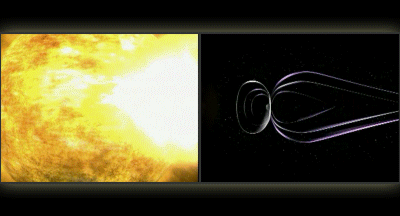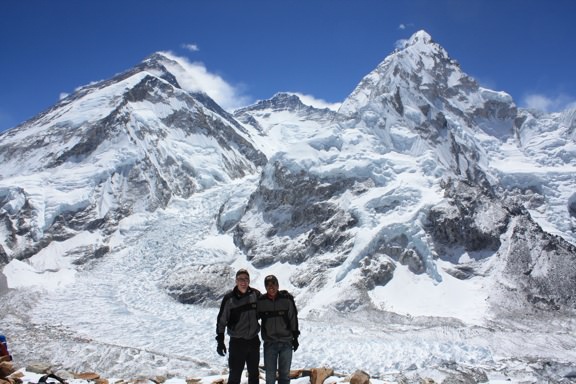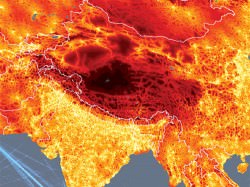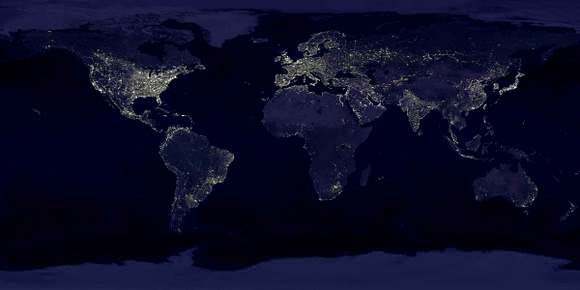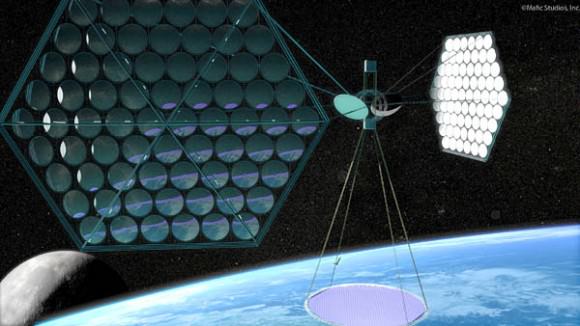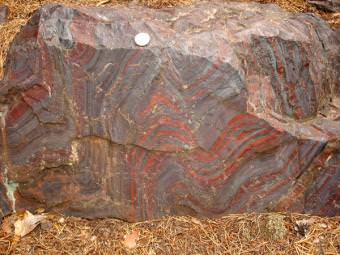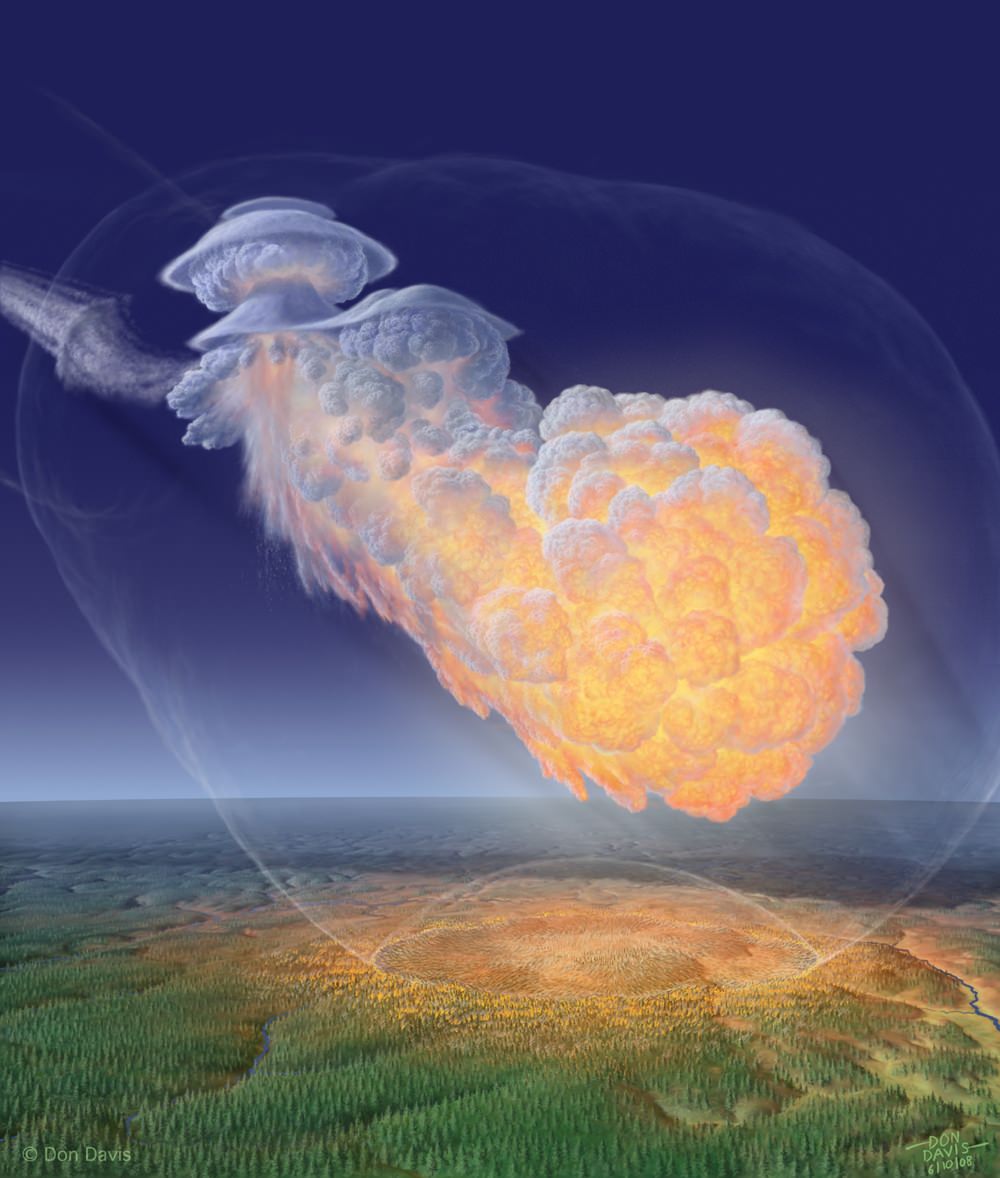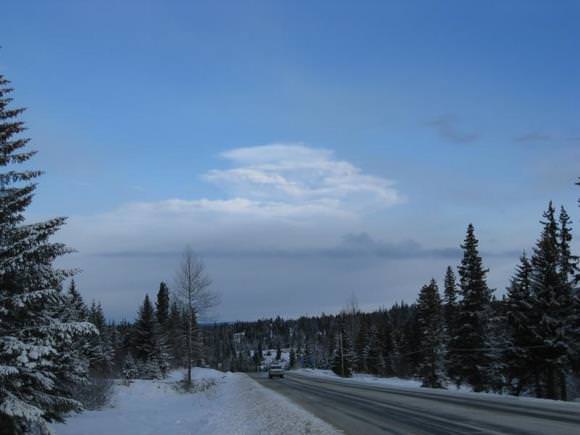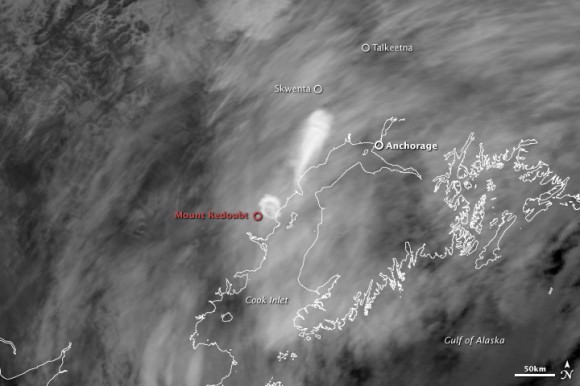Scientists have long understood that satellites are at risk from bombardment by solar storms. Now, they’ve gotten a closer look at how the storms are punishing Earth’s magnetosphere, leaving satellites exposed.
The movie above, and the solar flare video below, were released by the European Space Agency today, along with descriptions of two solar eruptions spotted using ESA’s four Cluster satellites and the two Chinese/ESA Double Star satellites.

Under normal solar conditions, satellites orbit within the magnetosphere — the protective magnetic bubble carved out by Earth’s magnetic field. But when solar activity increases, the picture changes significantly: the magnetosphere gets compressed and particles get energized, exposing satellites to higher doses of radiation that can perturb signal reception.
Scientists have found that extreme solar activity drastically compresses the magnetosphere and modifies the composition of ions in the near-Earth environment. They are now challenged to model how these changes affect orbiting satellites, including the GPS system.
During two extreme solar explosions, or solar flares, on January 21, 2005 and December 13, 2006, the Cluster constellation and the two Double Star satellites were favorably positioned to observe the events on a large scale.
During both events, the velocity of positively charged particles in the solar wind was found to be higher than 900 km (559 miles) per second, more than twice their normal speed. In addition, the density of charged particles around Earth was recorded at five times higher than normal. The measurements taken in January 2005 also showed a drastic change in ion composition.
The second explosion in December 2006 released extremely powerful high-energy X-rays followed by a huge amount of mass from the solar atmosphere (called a coronal mass ejection). During the event, GPS signal reception on ground was lost.
Typical nose-like ion structures in near-Earth space were washed out as energetic particles were injected into the magnetosphere. These nose-like structures, that had formed earlier in the ‘ring current’ in the equatorial region near Earth, were detected simultaneously on opposite sides of Earth. Measurements of the ring current showed that its strength had increased.
These factors together caused the magnetosphere to be compressed. Data show that the ‘nose’ of the dayside magnetopause (the outer boundary of the magnetosphere), usually located about 60,000 km (40,000 miles) from Earth, was only 25,000 km (15,000 miles) away.
About five hours after the coronal mass ejection hit Earth’s magnetosphere, a Double Star satellite observed penetrating solar energetic particles on the night side. These particles are hazardous to astronauts as well as satellites.
“With these detailed observations, we’ll be able to plug in data and better estimate what happens to the inner magnetosphere and near-Earth space during such explosions on the Sun,” said Iannis Dandouras, principal investigator of the Cluster Ion Spectrometer and lead author on a paper about the findings.
“Looking at such a large-scale physical phenomena with a single satellite is akin to predicting the impact of a tsunami with a single buoy,” added Matt Taylor, ESA’s Project Scientist for Cluster and Double Star. “With Cluster and Double Star we have monitored both sides of Earth simultaneously, and obtained valuable in-situ data.”
The results appear in the February 2009) issue of Advances in Space Research. The abstract is available here.
Source: ESA

